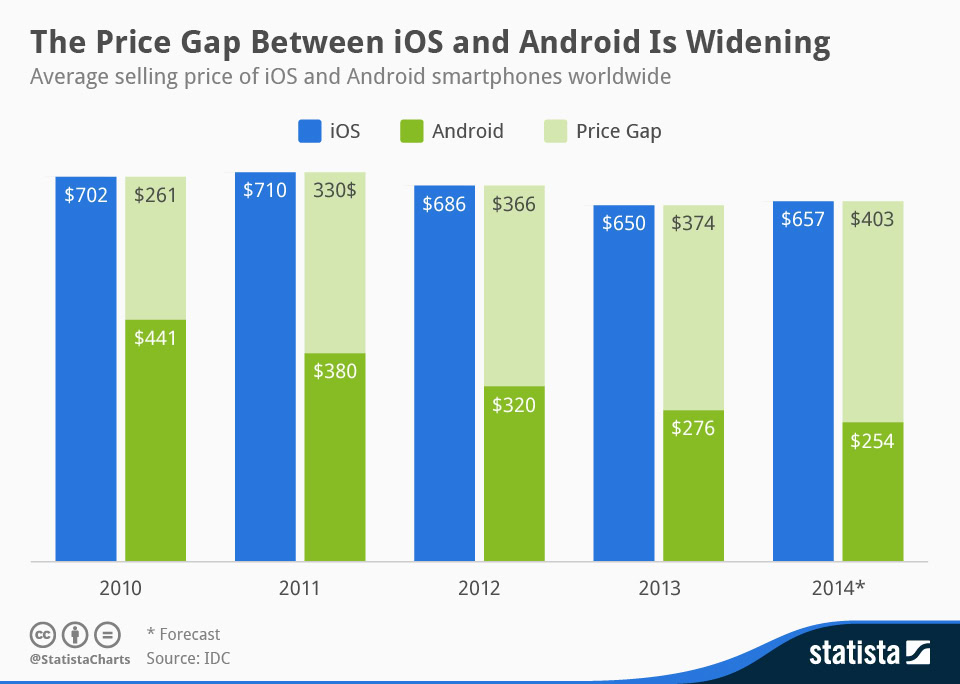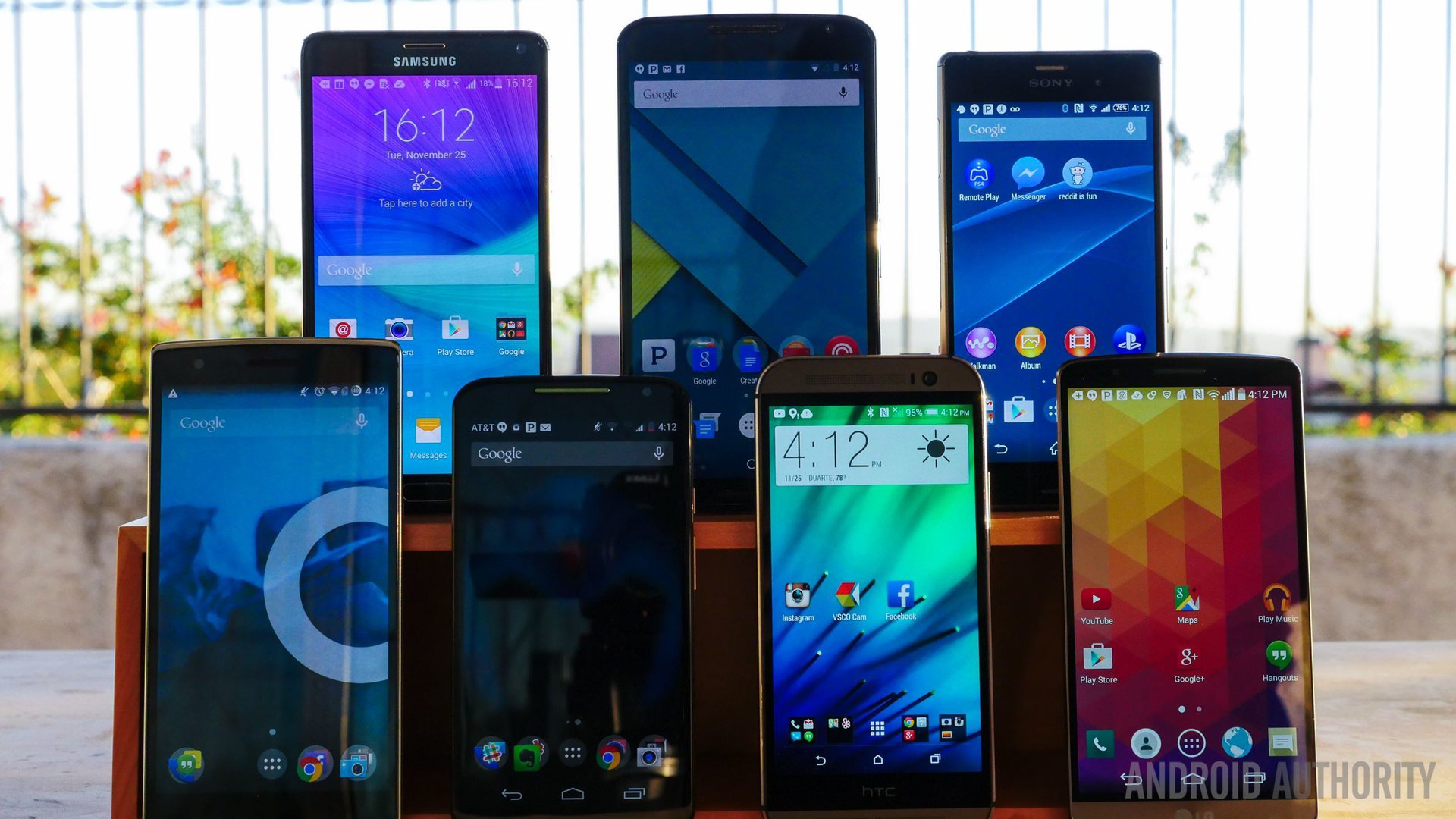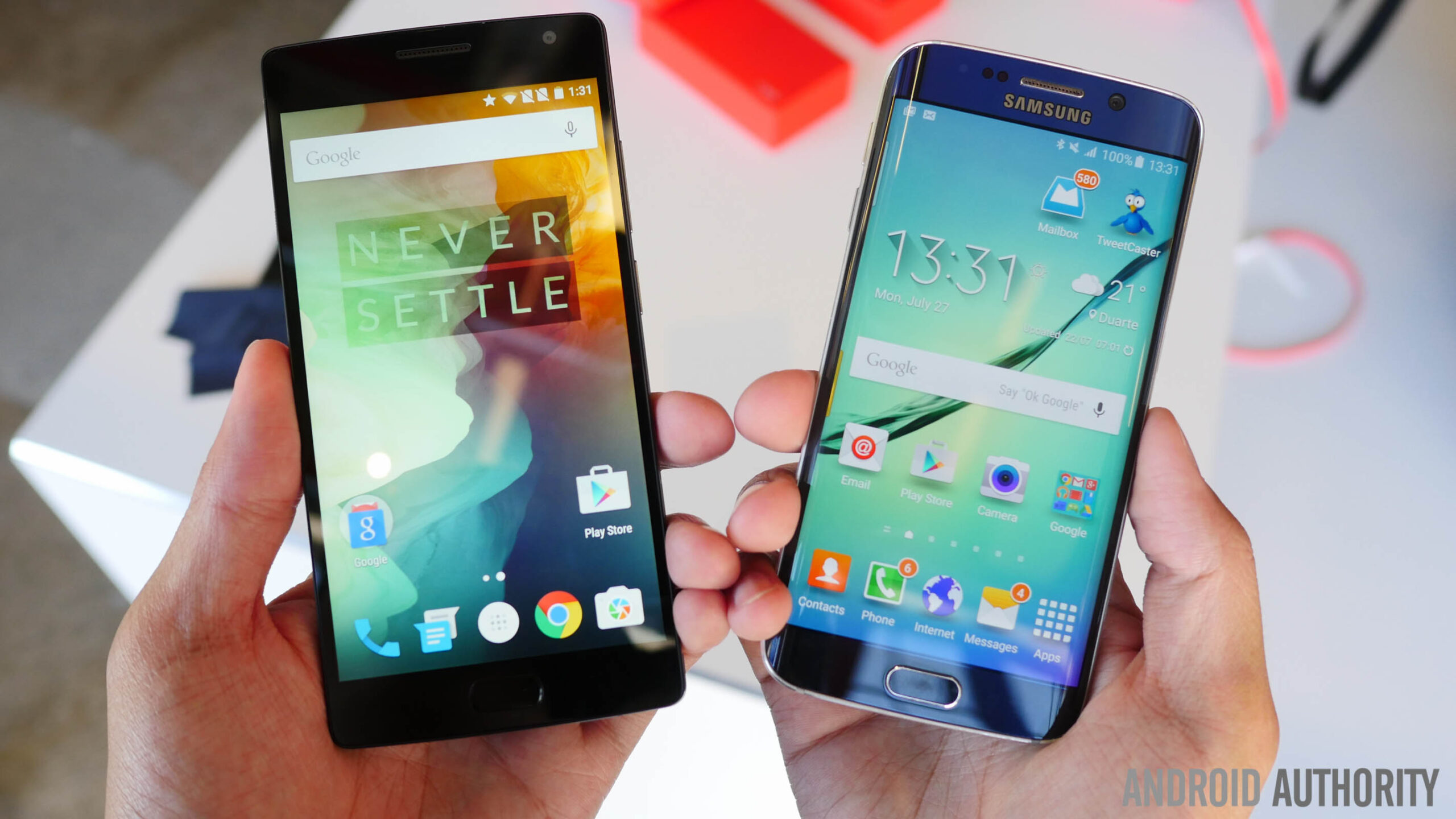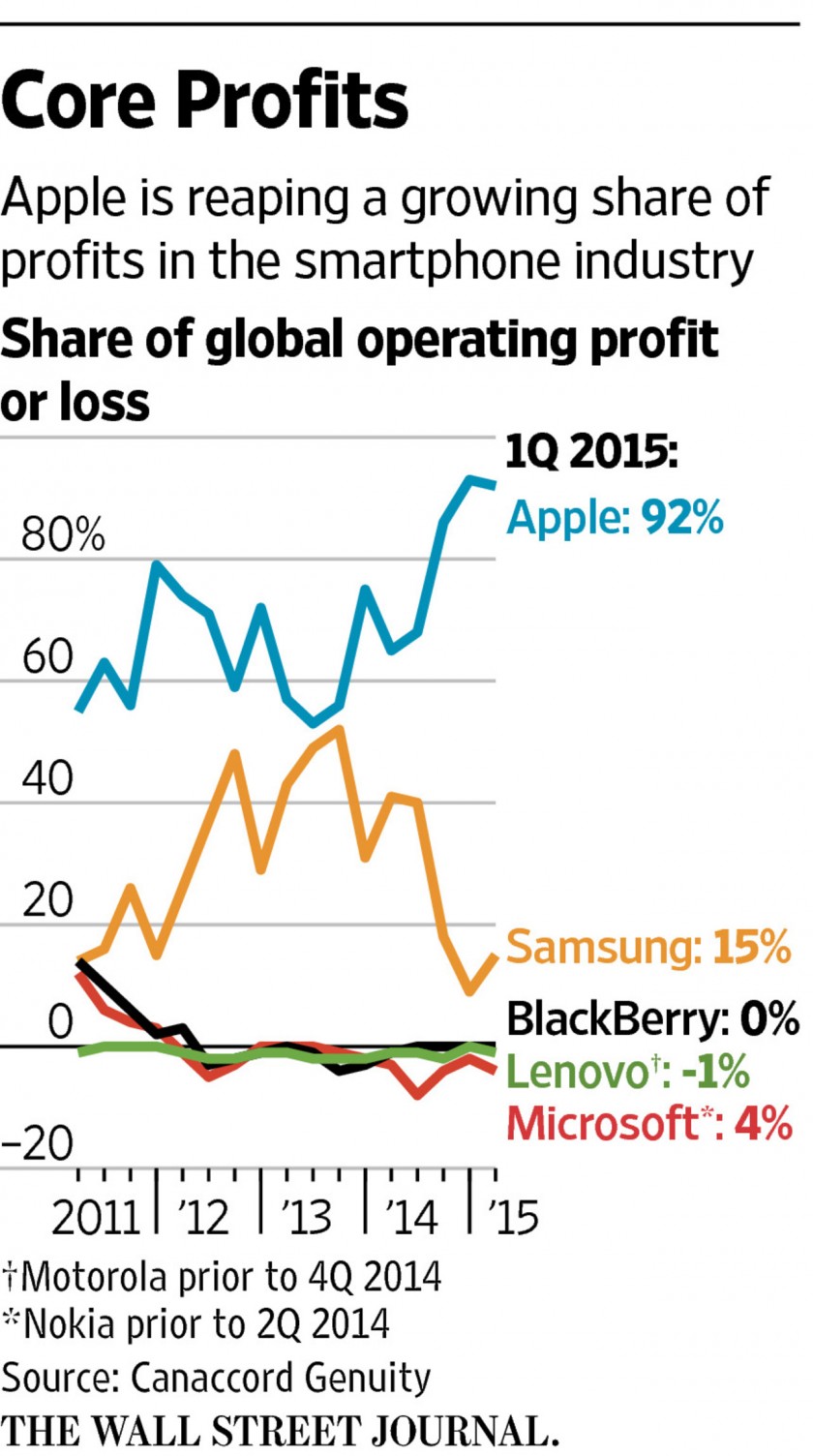Affiliate links on Android Authority may earn us a commission. Learn more.
The biggest 3 challenges facing major Android OEM’s

There’s a fair bit of doom and gloom in the smartphone market right now. Samsung just announced its fifth quarterly drop in profits in a row as mobile division profits fell 37.6% compared to last year. HTC is posting a net loss of more $250 million. Sony’s mobile division lost $184 million. Even an apparent success like LG only managed a 1% sales increase in mobile.
You may imagine the difference is being swallowed up by the big Chinese players, but Lenovo’s net profit fell, even as revenue rose. It says that Motorola, acquired from Google last year, is on course to be profitable again by the end of the year or early 2016. Huawei and Xiaomi have increased market share, but it’s not clear how profitable they actually are. We know that Xiaomi’s margins are tight.
What’s the problem here? We just saw a report stating that worldwide smartphone shipments are up 12% year-on-year for Q2 of 2015. Why isn’t everyone making money? There are three major hurdles that are tripping everyone up right now.
Falling prices
This is the statistic that’s hurting everyone the most. We talked about the race to the bottom before, but the fall in prices is extreme. The average selling price (ASP) of an Android smartphone has been dropping every year and it’s lower than ever now. It was $441 back in 2010, and it was just $254 last year. This year it will be lower.

Margins are being squeezed. It’s impossible for manufacturers to make the same profit as before when the ASP is dropping, unless they can find some other way to cut costs. What has actually been happening is that costs have increased, but we’ll get to that in a minute.
How to differentiate
What makes one smartphone stand out over the others? Commoditization has led to a smartphone market where devices are broadly very similar, if not identical. Innovation has slowed to crawl, it may even be sliding backwards. What’s the last major feature that was added to a flagship smartphone that you had never seen before? Biometric security, waterproofing, a heart rate sensor? What we’re mostly seeing now is an incremental improvement on the last model, but in terms of feature set, we’re actually seeing some movement back the way – to reduce features.

The other way that OEMs can get noticed is to spend on marketing, but it’s hugely expensive and it’s difficult to accurately measure the return. It’s also ridiculously easy to get it wrong and blow a chunk of cash on an ineffective campaign. It’s hard not to mention HTChere. A double whammy of terrible advertising and releasing almost the same exact flagship phone as the previous year seems to have hit the company hard.
Most of the major Android OEMs have also been guilty of releasing loads of different models that aren’t all that different. It’s confusing. It may also hurt the brand for someone like Samsung, trying to sell at the high end, if a customer’s first experience is of a budget, entry-level device that’s less than perfect. When they renew and want a better phone, they probably won’t choose Samsung. Is it worth the small profit on a budget device if you lose the customer when they trade up?
Rising costs
The falling ASP would be okay if the cost of making smartphones also kept dropping, but it isn’t. OEMs have been adding features to try and differentiate and it has increased the cost of every handset made. Samsung is the best example here because it kept trying to pack in more and more features. The Galaxy S5 cost $256 to produce. The Galaxy S4 cost $236 to produce. Yet they were sold at the same price.
A few manufacturers have moved to cut costs, or they’ve been forced to ignore certain new features in order to keep costs down. The move to make smartphones tougher, for example, by adding waterproofing, has been reversed by Samsung and ignored by others. Is it possible to make a superphone that’s feature-packed and still turn a healthy profit?

The pace must be impacting here too. Samsung’s Galaxy S3 was able to keep selling for years after release. As the numbers ramped up Samsung will surely have managed to cut the cost of production. If new phones never achieve the numbers then those costs won’t fall, but discounting still has to kick in as a phone ages or nobody will buy it – they’ll just buy one of the latest releases instead.
Why is Apple different?
The WSJ reported on the latest research report from Canaccord Genuity which suggested that Apple took 92% of the total smartphone industry profits last quarter, which is actually down from 93% the quarter before. Samsung took 15% of the profits, and that fact they don’t add up is because many others made a loss. Samsung sold 20 million more smartphones than Apple, and yet made a fraction of the profit.

How is Apple doing it? If you look at our three major challenges, you can see how Apple is bucking every one of them. The ASP of an iPhone right now is $687. It’s heading towards three times the Android ASP. Apple stands out because it has a tiny all-premium range, runs its own exclusive platform, and has a strong brand. The cost of producing an iPhone 6, according to IHS, is around $200, just like the iPhone 5S and the iPhone 5 before it.
Not bad for us
There’s something else important that’s worth remembering in all this. What’s good for OEMs isn’t necessarily what’s good for us. We want the best smartphones we can get at the lowest prices we can get them and that’s exactly where Android has been going. But it might not be able to go much further down that road.
There’s still room for premium brands and niche markets with special feature sets. There are still profits being made. But the days of flagships hurtling towards ever more impressive specs and features without a jump in cost are surely numbered.